MANUFACTURING & PRODUCTIONISATION
We provide end-to-end support, from design and engineering to identifying the most robust and cost-effective manufacturing methods to bring your vehicle to production.
Our support continues through to production of any vehicle, ensuring all systems and components are functioning correctly and have been manufactured to expectations.
With a wealth of manufacturing technologies available across the globe, we work to identify the most cost effective and robust method of producing systems that meet the specifications.
Some of the technologies we have utilised on previous projects are described below.
LASER
CUTTING
Read More
Where we advance the utilisation of this process is by applying topology analyses to the design of the component prior to releasing it for manufacturing in order to; minimise the overall size of the part, identify the appropriate sheet material and thickness whilst avoiding stress raisers and maintaining structural integrity.
Injection
Moulding
Read More
Hence this process is typically found on higher production volume products, with reduced process time and generally less accurate geometry to the parts.
CNC
Machining
Read More
Therefore, this process is typically deployed for low volume/prototype components or applications where high accuracy and precision are required. Similar to our expertise in applying topology to laser cut components, we can also optimise CNC machined components using this technology in combination with our experience applying finite element analyses to refine the design.
Additive
Manufacturing
Read More
Predominantly used for prototype components and general tooling and fixtures, this technology is being used at a growing rate for low-volume production. Some of the benefits to this technology are; the lack of tooling required to manufacture a variety of 3D objects, the relative simplicity in generating a physical component direct from a 3D model as well as the near-zero waste material from the process.
Being able to 3D print parts direct from our 3D models is one of the reasons why we pride ourselves in our attention to detail in the modelling of these components. We take special care in understanding how a 3D printed part will function in its environment and
its method of assembly to any mating components, which all influence the details in the design.
TUBE
FORMING
Read More
Tube forming can also include end forming techniques such as flaring, beading, or expanding to meet exact design requirements. The benefits of tube forming and bending include increased efficiency in assembly, reduced need for welding or fittings as well as improved aesthetics and performance of the final product.
This makes it an ideal solution for industries such as automotive, aerospace, HVAC, and custom fabrication.
LASER
CUTTING
A highly accessible and efficient process in creating flat profiles out of a range of sheet materials, creating finished products directly out of the machine or components for bigger assemblies. This technology is utilised for both prototype and mass-production components, with its low setup cost, minimal material waste and versatility in creating a variety of geometries, it’s clear to see the vast array of products on the market which have been created using this manufacturing method.
Where we advance the utilisation of this process is by applying topology analyses to the design of the component prior to releasing it for manufacturing in order to; minimise the overall size of the part, identify the appropriate sheet material and thickness whilst avoiding stress raisers and maintaining structural integrity.
Injection
Moulding
An established and refined manufacturing technique used for a broad range of applications and industries, molten plastic is injected into a mould under high pressure to form the desired part, before being ejected from the machine. This obviously requires a level of investment into the tooling, which can also restrict the complexity and geometry of the part in order to be feasible for the moulding process.
Hence this process is typically found on higher production volume products, with reduced process time and generally less accurate geometry to the parts.
CNC
Machining
Another highly versatile manufacturing process; CNC machining can be used to create complex and highly accurate components (+/-0.001mm) from a range of materials. This method is typically considered high-cost due to the removal of material to create the parts which costs time, creates waste, causes tooling wear and requires skilled machine programming.
Therefore, this process is typically deployed for low volume/prototype components or applications where high accuracy and precision are required. Similar to our expertise in applying topology to laser cut components, we can also optimise CNC machined components using this technology in combination with our experience applying finite element analyses to refine the design.
Additive
Manufacturing
An industry which has evolved dramatically over recent years, this manufacturing method is capable of producing complex geometry components with a relatively short lead-time and reasonable accuracy (+/-0.1mm). The choice of materials has typically been from a selection of polymers, with more modern equipment now capable of producing finished metallic structures. Predominantly used for prototype components and general tooling and fixtures, this technology is being used at a growing rate for low-volume production. Some of the benefits to this technology are; the lack of tooling required to manufacture a variety of 3D objects, the relative simplicity in generating a physical component direct from a 3D model as well as the near-zero waste material from the process.
Being able to 3D print parts direct from our 3D models is one of the reasons why we pride ourselves in our attention to detail in the modelling of these components. We take special care in understanding how a 3D printed part will function in its environment and
its method of assembly to any mating components, which all influence the details in the design.
TUBE
FORMING
Tube forming and bending is a precision metal fabrication process used to shape tubing into specific angles and configurations without compromising the integrity or strength of the material. This process involves carefully bending metal tubes, such as Steel, Aluminium or Titanium, using specialised machinery like mandrel benders or rotary draw benders to achieve tight radii and complex geometries.
Tube forming can also include end forming techniques such as flaring, beading, or expanding to meet exact design requirements. The benefits of tube forming and bending include increased efficiency in assembly, reduced need for welding or fittings as well as improved aesthetics and performance of the final product.
This makes it an ideal solution for industries such as automotive, aerospace, HVAC, and custom fabrication.
Suppliers we work with…
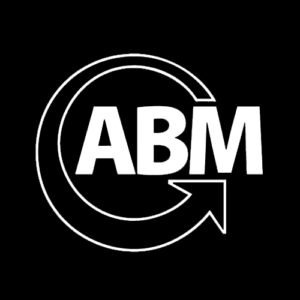
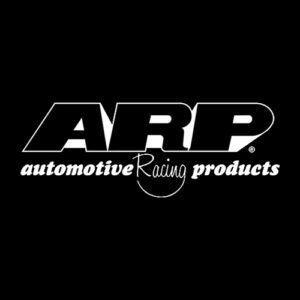



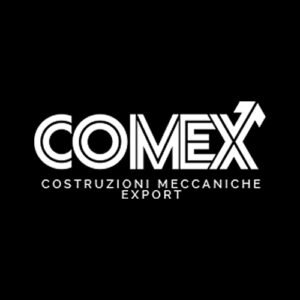



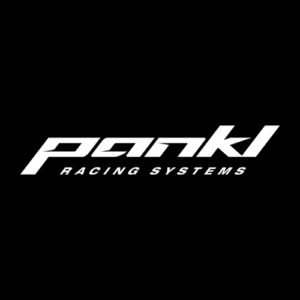
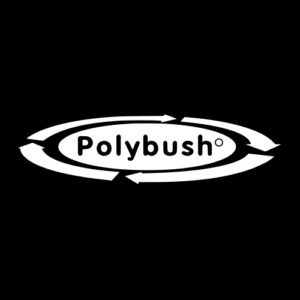
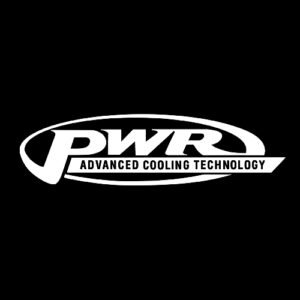
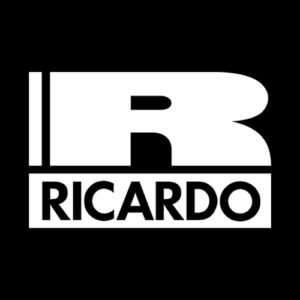
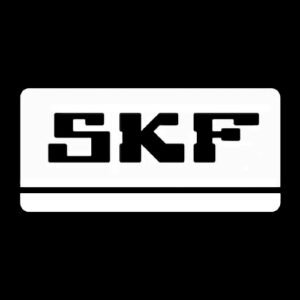
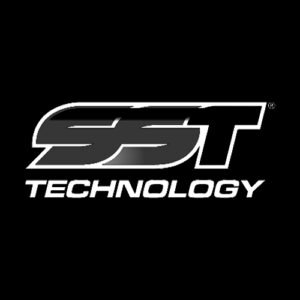
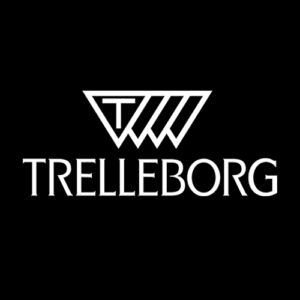
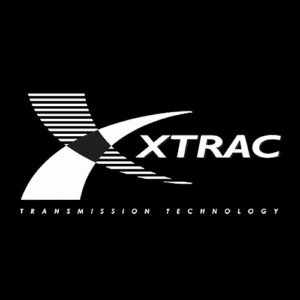
What are your Manufacturing needs?
When the design is complete, the real challenge begins. We bridge the gap between engineering and production, using our global network to identify the most robust and cost-effective manufacturing process for your project. We ensure every component is made to spec, from prototype to full-scale production. Ready to turn your engineering design into a manufactured reality? Talk to our team about your production needs today.

